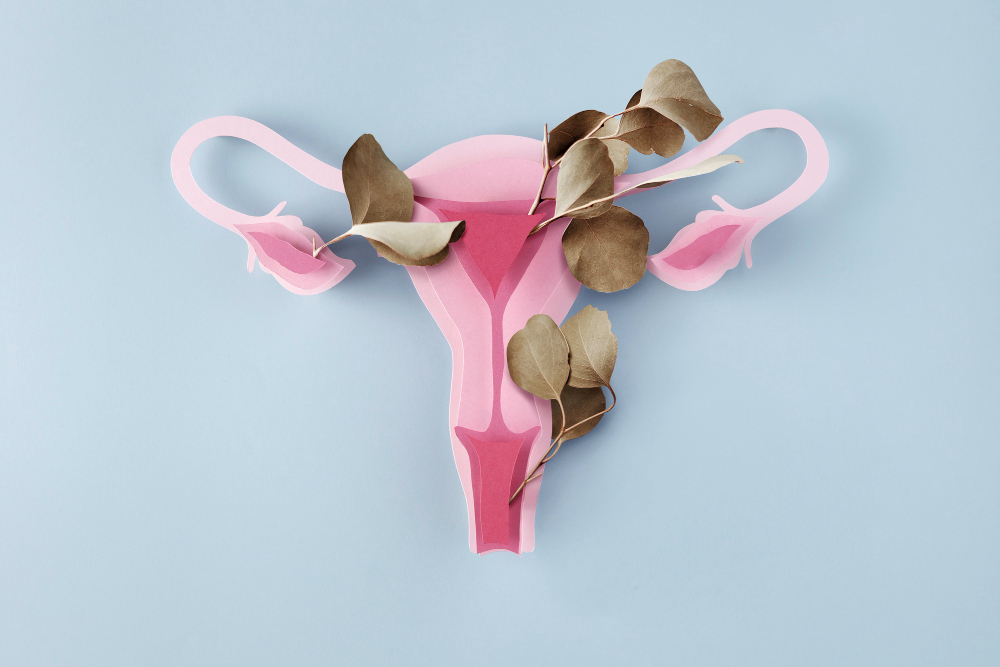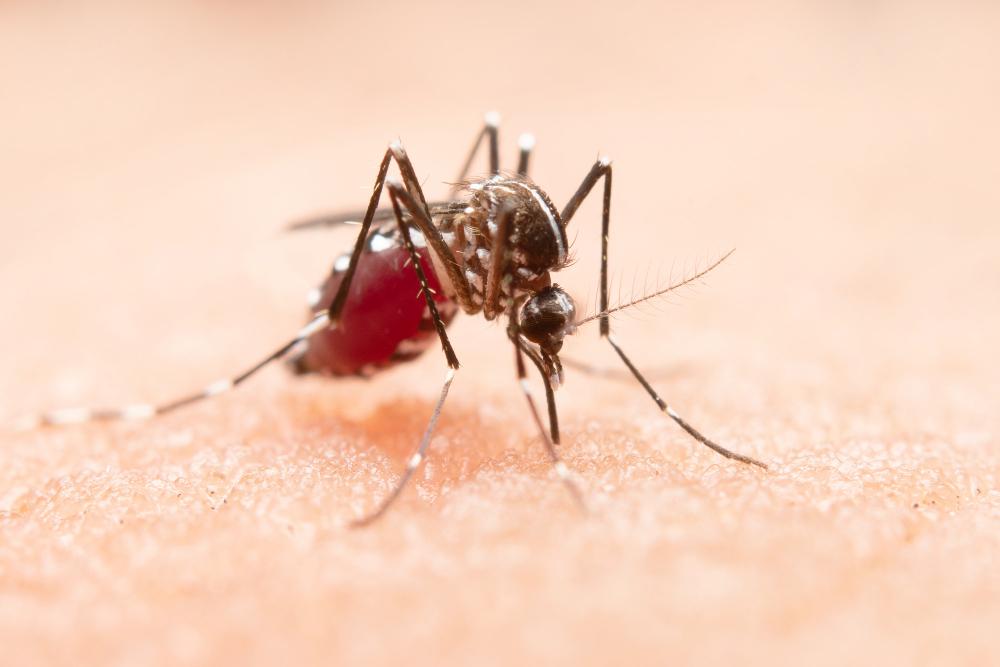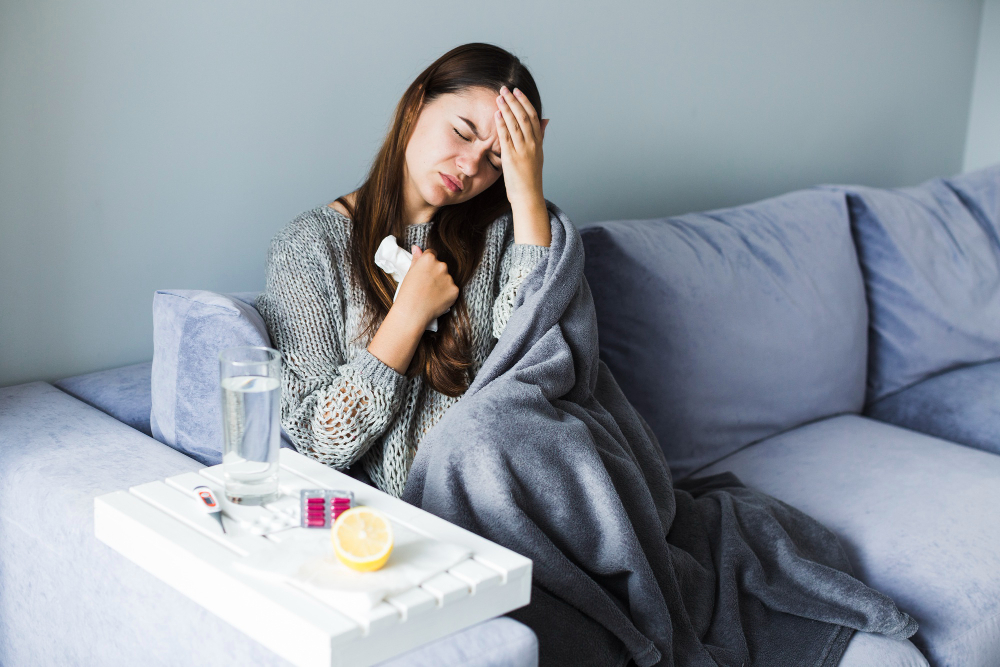Candida Chronicles: Navigating the Facts and Remedies of Vaginal Yeast Infections
Introduction
Vaginal health is a topic of paramount importance for women, and one common issue that many encounter is vaginal yeast infections. These infections, caused by the overgrowth of the Candida fungus, can be uncomfortable and distressing. In this blog, we will delve into the ins and outs of vaginal yeast infections, exploring their causes, symptoms, prevention, and available remedies.
Understanding Vaginal Yeast Infections
Vaginal yeast infections, also known as vaginal candidiasis, are primarily caused by the Candida albicans fungus. Candida is a naturally occurring microorganism in the vaginal area, typically living harmoniously with other bacteria. However, when the balance is disrupted—often due to factors such as hormonal changes, antibiotics, high sugar intake, or a weakened immune system—Candida can multiply excessively, leading to an infection.
Symptoms and Diagnosis
The symptoms of a vaginal yeast infection can be uncomfortable and bothersome. They include itching, burning sensation, redness, swelling, and an unusual white, thick discharge that resembles cottage cheese. While these symptoms can mimic those of other vaginal infections or conditions, a healthcare provider can usually diagnose a yeast infection through a physical examination and possibly a microscopic examination of discharge.
Prevention Tips
Prevention is key to maintaining vaginal health and minimizing the risk of yeast infections. Here are some tips to consider:
-
Maintain Proper Hygiene: Keep the vaginal area clean, but avoid over-washing with harsh soaps that can disrupt the natural pH balance.
-
Wear Breathable Fabrics: Opt for cotton underwear and avoid tight-fitting clothes that can trap moisture.
-
Limit Sugar Intake: Excess sugar in the diet can contribute to yeast overgrowth. A balanced diet can help maintain a healthy microbial balance.
-
Avoid Douching: Douching can disturb the vaginal ecosystem and increase the risk of infections.
-
Probiotics: Consuming foods rich in probiotics or taking probiotic supplements may help maintain a healthy balance of vaginal flora.
Treatment Options
If you're dealing with a vaginal yeast infection, there are several treatment options available:
-
Antifungal Creams: Over-the-counter antifungal creams or suppositories can help alleviate symptoms and resolve the infection.
-
Prescription Medications: In severe or recurrent cases, a healthcare provider might prescribe oral antifungal medications.
-
Natural Remedies: Some individuals opt for natural remedies like yogurt, tea tree oil, or boric acid suppositories. It's important to consult a healthcare professional before trying any home remedies.
When to Seek Medical Attention
While most vaginal yeast infections are mild and can be treated with over-the-counter remedies, it's crucial to consult a healthcare provider if:
- It's your first yeast infection, to ensure proper diagnosis.
- Symptoms persist despite treatment.
- You experience severe discomfort, pain, or swelling.
- You have recurring yeast infections, as this could be a sign of an underlying issue.
Conclusion
Vaginal yeast infections might be common, but they can certainly disrupt daily life and cause discomfort. Understanding the causes, symptoms, and prevention measures can empower women to take charge of their vaginal health. Whether through self-care practices, over-the-counter treatments, or medical intervention, addressing vaginal yeast infections promptly can help restore comfort and ensure a healthier, more balanced intimate ecosystem. As always, consulting a healthcare professional for guidance tailored to your individual needs is essential in navigating the journey to vaginal well-being.
Tags:






